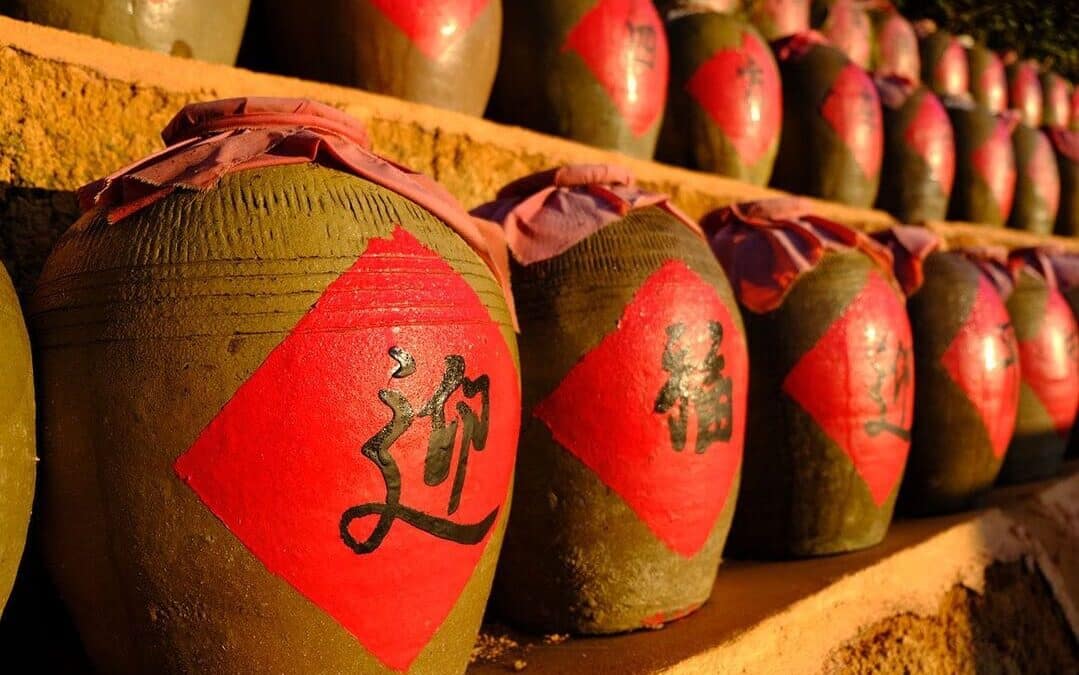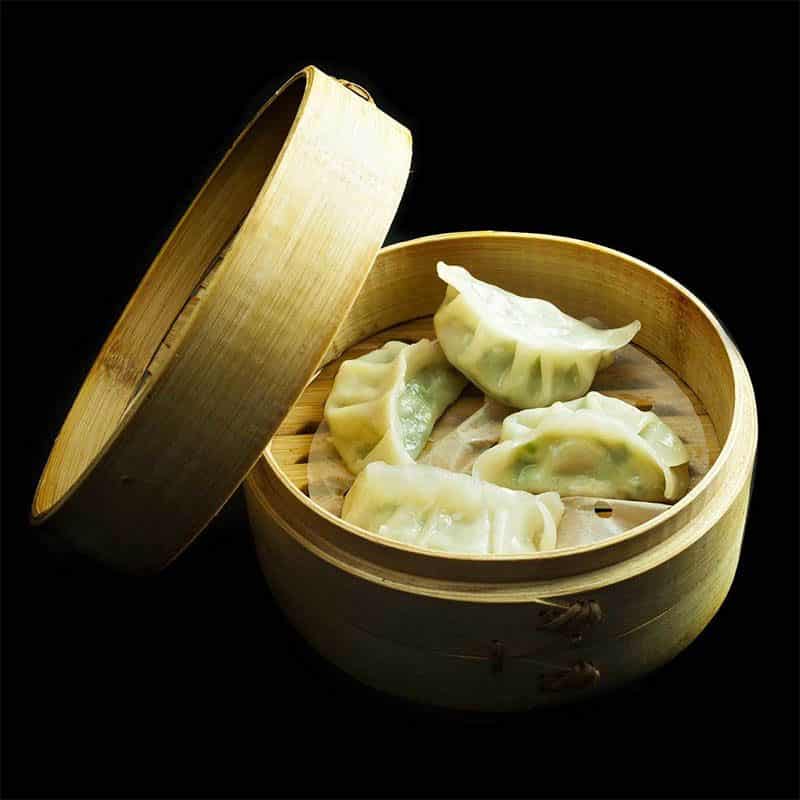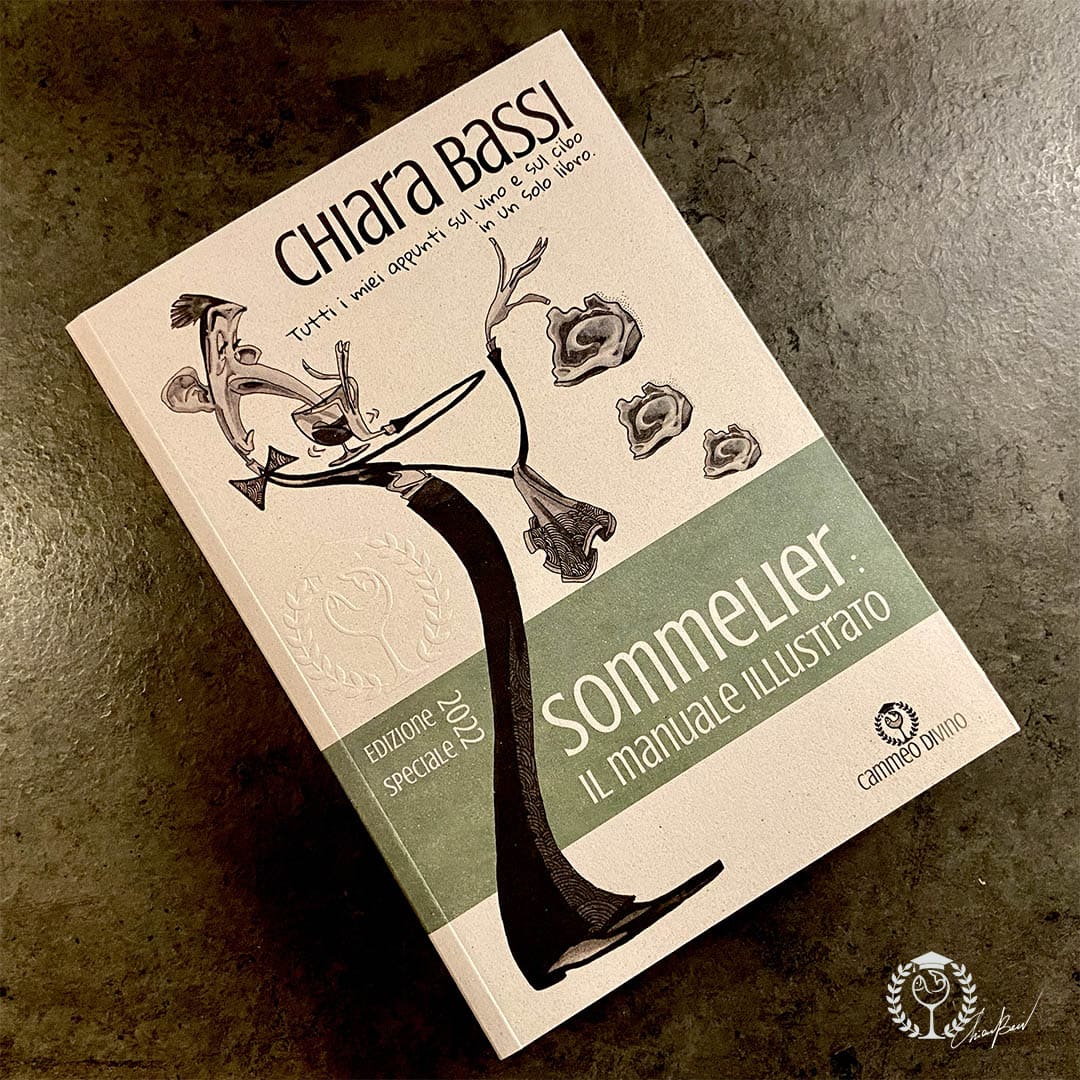Rarely spoken of Chinese winerather, interest revolves around how to sell wine in China or, at most, on the Chinese rice wine that we have become accustomed to tasting - along with sake - in Chinese restaurants scattered around our cities. Sometimes we talk about which Italian wine to pair with Chinese cuisine... but it is still quite rare as our awareness of this extraordinary cuisine has been largely ruined by the westernised low-cost food that has colonised the world.
Chinese wine: a bit of history
The history of wine growing in China has very distant roots: the first traces of fermented drinks used in funerary rituals date back to 5,000 BC. Other ceramic vessels date as far back as 8,000 BC and contained a 'rudimentary' form of wine made from grapes, hawthorn and rice with an alcohol content of around 10 %vol. Let it be clear that the grapes used almost 10,000 years ago did not come from viticulture, which was still absent, but rather from the harvesting of the fruit of indigenous wild vines. The earliest documented cultivation of vines is related to rooted cuttings brought from Uzbekistan by General Chang Chien during the Han dynasty around 130 B.C., while the earliest records of a winemaking system similar to that of Western countries date back to the 7th century A.D.
During the very long Quing dynasty (1644-1912), viticulture was as if fossilised to the family sphere.
In addition to the Vitis vinifera variety, the cultivation of two native vines unsuitable for the production of quality wines is widespread: Vitis amurensis and Vitis thunbergii. The first attempts to vinify Western grapes to produce European-style wines date back to the end of the 19th century, when the Chinese consul - an educated businessman with great economic possibilities - Cheong Fatt Tze (also known as Zhang Bishi) founded (in 1892) Chang Yu Winery in Shandong and had a type of riesling planted with the advice of an Austrian oenologist. He had travelled extensively and bought thousands of rooted cuttings first in the United States and then in Europe, but very few of these vines had survived the Chinese soil and climate conditions. So, in order to save the company, he tried grafting the foreign vines onto North China's native vine stock with excellent results.
The development of wine-growing then came to a halt in 1949 following the nationalisation of all wine cellars. The aim became to increase production at the expense of quality and sweet, syrupy wines were born, often made from a mixture of fermented grapes and other raw materials. Only around 1970 did the government return to encouraging cooperation with foreign companies to create quality wines.
Chinese wine: some numbers
China's current vineyard puts this country in 7th place in world production, with 13 million hectolitres of wine.Vineyards in China, located in the north-east, extend from the Ningxia region south of Mongolia eastwards to the border with North Korea and occupy about 550,000 hectares, but are increasing exponentially every year. Wine consumption has almost quadrupled in the last decade although it remains very low, about 0.5 l per capita/year.
Hong Kong, Beijing and Shanghai have a good wine consumption, especially of great Bordeaux Chateaus, Champagne and Burgundy wines, and it is estimated that in 2010 almost 40 % of the wines auctioned worldwide went to Chinese homes, collections and restaurants.
You can now subscribe to my newsletter or scroll down the page to continue reading the article!
Chinese wine: viticulture & oenology
In China, there is no translation of the word 'wine' and it is often replaced by 'chiew', which indicates a generic fermented or distilled vegetable.
There are no specific laws on production areas. The wine market is haphazard and approximate.
Chinese wine and local gastronomy: food and wine pairing
Steamed meat/vegetable dumplings, fried wantons, and spring rolls can be paired with a Riesling or a Gewurztraminer from Shandong, while honey-lacquered Peking duck with a well-structured Chardonnay. More complex dishes such as sweet and sour pork, chicken stuffed mutton or beef preparations with sweet and sour flavours can be paired with a glass of red wine made from the local Longyan grape variety.
You can now buy my book Sommelier: the illustrated manual or scroll down the page to continue reading the article!
Book 'Sommelier: the Illustrated Manual' Special Edition 2022
All my notes on wine and food in one book.
€ 26,00 – € 30,00 VAT included!
Chinese wine: key concepts to study together
Climate in China
The Chinese climate is continental, with hot and humid summers and rather dry and cold winters.
Land in China
The soils are alluvial with huge amounts of debris carried by very large rivers. On the slopes of some mountains, the soil is granitic with rare areas rich in clay.
Grapes in China
- White grape varietieschardonnay, chenin blanc, muscat d'Hambourg, riesling.
- Black grape varietiesaglianico, cabernet franc, cabernet sauvignonmarselan, merlot, pinot noir.
- Grey/pink grapes: dragon's eye (longyan, a grape variety indigenous to Hubei).
Viticulture & oenology in China
- ViticultureGrape production aims at quantity with yields above 150 q/ha obtained with tendon systems, while very few companies use guyot and obtain very expensive wines with relative quality.
Wines & key areas in China
Ningxia Hui (the Dragon's Hollow estate grows chardonnay, riesling and cabernet), Yantai-Penglai (low quality), Shanxi (Grace Vineyard is focusing on Merlot), Shandong (Chateau Changyu company from 1892 produces interesting Chardonnays that are also exported to the USA), Liaoning (large investments in icewine, a type for which China is on its way to becoming the world's largest producer), Hubei (Great Wall winery produces wines from poorly structured Bordeaux black grape varieties).
As always, I hope you enjoyed and found this insight useful.
Cheers 🍷
Chiara




